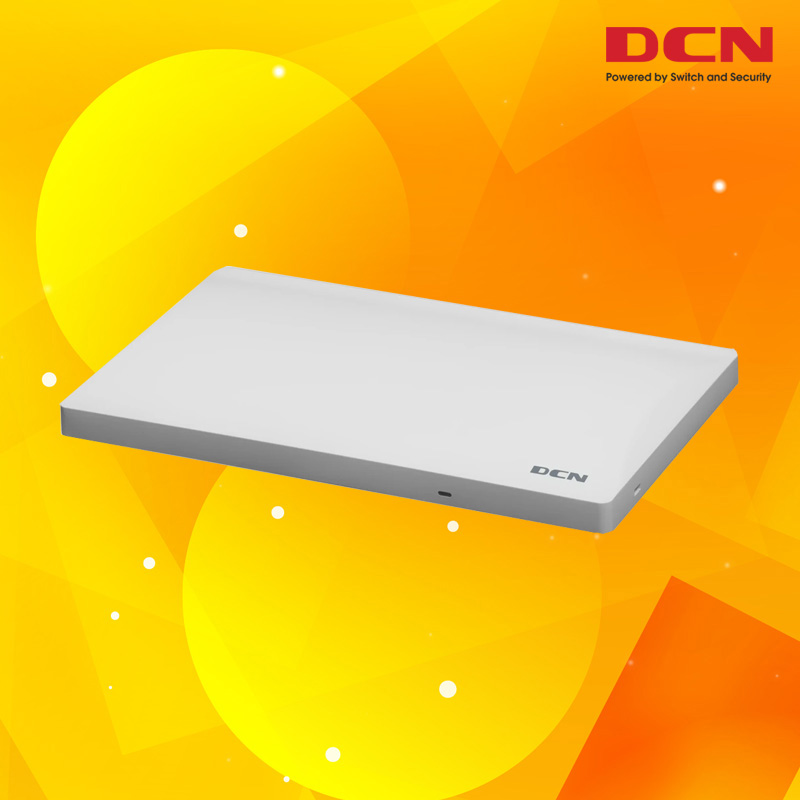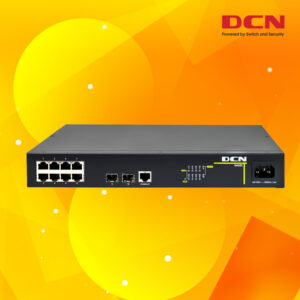Description
Hardware Specifications
| Item | WL8200-X2 |
| Dimensions (L*W*D) (mm) | 247 x 153 x 30 |
| 10/100 /1000Base-T port | 2 |
| Console port (RJ-45) | 1 |
| USB 2.0 | 1 |
| Power supply | 802.3af & at and External power adapter (Input: 100~240V AC , Output: 12 V DC) |
| Maximum power consumption | <13W |
| RF port | Built-in 2.4 GHz 4 dBi antenna and 5 GHz 5 dBi antenna |
| Working frequency band | 802.11b/g/n/ax: 2.4 GHz to 2.483 GHz
802.11a/n/ac/ac wave 2/ax: 5.150GHz to 5.250GHz 5.250GHz to 5.350GHz 5.725GHz to 5.850GHz |
| Modulation technology |
11b:DSS: CCK@5.5/11Mbps, DQPSK@2Mbps, DBPSK@1Mbps 11a/g:OFDM:64QAM@48/54Mbps,16QAM@24Mbps, QPSK@12/18Mbps, BPSK@6/9Mbps 11n:MIMO-OFDM: BPSK, QPSK,16QAM,64QAM 11ac:MIMO-OFDM: BPSK, QPSK,16QAM,64QAM,256QAM 11ax: MIMO-OFDM: BPSK, QPSK,16QAM,64QAM,256QAM,1024QAM |
| Transmit power | 2.4G:23dBm (Per Chain)5G:23dBm (Per Chain)(Note:final output power comply with deployment regulation might be different) |
|
Power adjustment granularity |
1 dBm |
| Working/Storage temperature | –10°C to +55°C–40°C to +70°C |
| Working/Storage RH | 5% to 95% (non-condensing) |
| Protection level | IP41 |
Software Specifications
| Item | Feature | WL8200-X2 |
|
WLAN |
Product positioning | Indoor dual-frequency |
| Working frequency band | 2.4GHz and 5GHz | |
| Bandwidth performance | 1775Mbps | |
| Virtual AP (BSSID) | 32 | |
| Concurrent user | 254 | |
| Number of spatial streams | 2.4GHz:2, 5GHz:2 | |
| Dynamic channel adjustment (DCA) | Yes | |
| Transmit power control (TPC) | Yes | |
| Blind area detection and repair | Yes | |
| SSID hiding | Yes | |
| RTS/CTS | Yes | |
| RF environment scanning | Yes | |
| Hybrid access | Yes | |
| Restriction on the number of access users | Yes | |
| Link integrity check | Yes | |
| Accessing control of terminals based on signal strength | Yes | |
| Forcing terminals to roam based on signal strength | Yes | |
| Intelligent control of terminals based on airtime fairness | Yes | |
| High-density application optimization | Yes | |
|
802.11ax enhancements |
Space streams | 2.4GHz:2, 5GHz:2 |
| Frequency band | 2.4GHz + 5GHz | |
| 80 MHz bundling | Yes | |
| 1200Mbps(PHY) | Yes | |
| Frame aggregation (A-MPDU) | Yes | |
| Frame aggregation (A-MSDU) | Yes | |
| Maximum likelihood demodulation (MLD) | Yes | |
| Transmit beamforming (TxBF) | Yes | |
| Maximum ratio combining (MRC) | Yes | |
| Space-time block coding (STBC) | Yes | |
| Low-density parity-check code (LDPC) | Yes | |
|
Security |
Encryption | 64/128 WEP, TKIP, and CCMP encryption |
| 802.11i | Yes | |
| Portal authentication | Yes | |
| WAPI | Yes | |
| MAC address authentication | Yes | |
| LDAP authentication | Yes | |
| PEAP authentication | Yes | |
| WIDS/WIPS | Yes | |
| Protection against DoS attacks | Anti-DoS for wireless management packets | |
| Forwarding security | Frame filtering, white list, static blacklist, and dynamic blacklist | |
| User isolation |
AP L2 forwarding suppression Isolation between client |
|
| Periodic SSID enabling and disabling | Yes | |
| Access control of free resources | Yes | |
| Wireless SAVI | Yes | |
| ACL | Access control of various data packets such as MAC, IPv4, and IPv6 packets | |
| Secure access control of APs | Secure access control of APs, such as MAC authentication, password authentication, or digital certificate authentication between an AP and an AC | |
| 802.11W | Yes, encryption of management frames | |
|
Forwarding |
IP address setting | Static IP address configuration or dynamic DHCP address allocation |
| IPv6 forwarding | Yes | |
| IPv6 portal | Yes | |
| Local forwarding | Yes | |
| Multicast | IGMP snooping | |
| Roaming |
Yes |
|
| AP switching reference |
Signal strength, bit error rate, RSSI, S/N, whether neighboring APs are normally operating, etc. |
|
| WDS |
Yes |
|
|
QoS |
WMM | Yes |
| Priority mapping |
Ethernet port 802.1P identification and marking Mapping from wireless priorities to wired priorities |
|
| QoS policy mapping |
Mapping of different SSIDs/VLANs to different QoS policies Mapping of data streams that match with different packet fields to different QoS policies |
|
| L2-L4 packet filtering and flow classification | Yes: MAC, IPv4, and IPv6 packets | |
| Load balancing |
Load balancing based on the number of users Load balancing based on user traffic Load balancing based on frequency bands |
|
| Bandwidth limit |
Bandwidth limit based on APs Bandwidth limit based on SSIDs Bandwidth limit based on terminals Bandwidth limit based on specific data streams |
|
| Call admission control (CAC) |
CAC based on the number of users |
|
| Power saving mode | Yes | |
| Automatic emergency mechanism of APs | Yes | |
| Intelligent identification of terminals | Yes | |
| Multicast enhancement | Multicast to unicast | |
|
Management |
Network management | Centralized management through an AC; both fit and fat modes |
| Maintenance mode | Both local and remote maintenance | |
| Log function | Local logs, Syslog, and log file export | |
| Alarm | Yes | |
| Fault detection | Yes | |
| Statistics | Yes | |
| Switching between the fat and fit modes | An AP working in fit mode can switch to the fat mode through a wireless AC;An AP working in fat mode can switch to the fit mode through a local control port or Telnet. | |
| Remote probe analysis | Yes | |
| Watchdog | Yes | |
| Value added service | Value added marketing | Support: various apps based on intelligent terminals, advertising push based on location, personalized push of portals |
| Value added authentication | WeChat, SMS, QR code | |
| Passenger flow analysis | yes |







